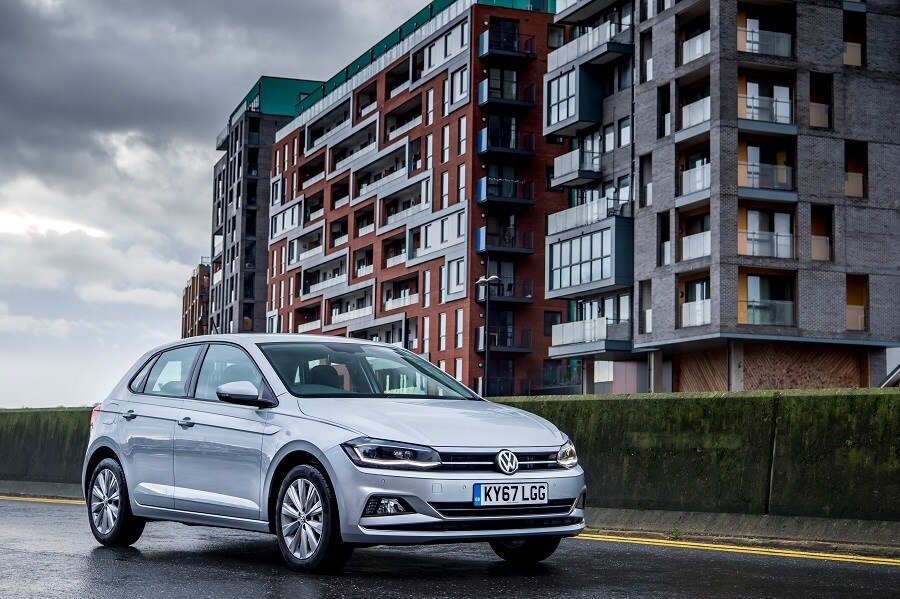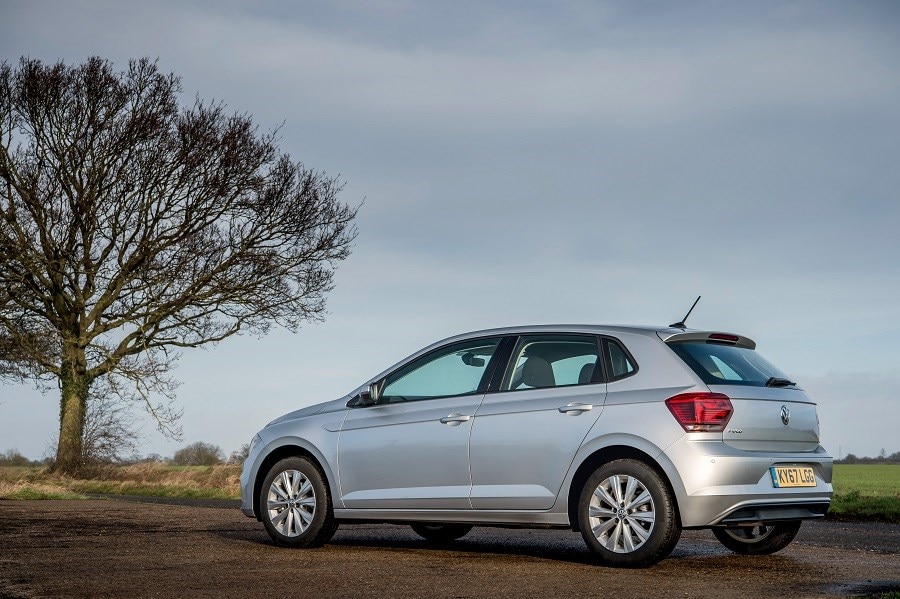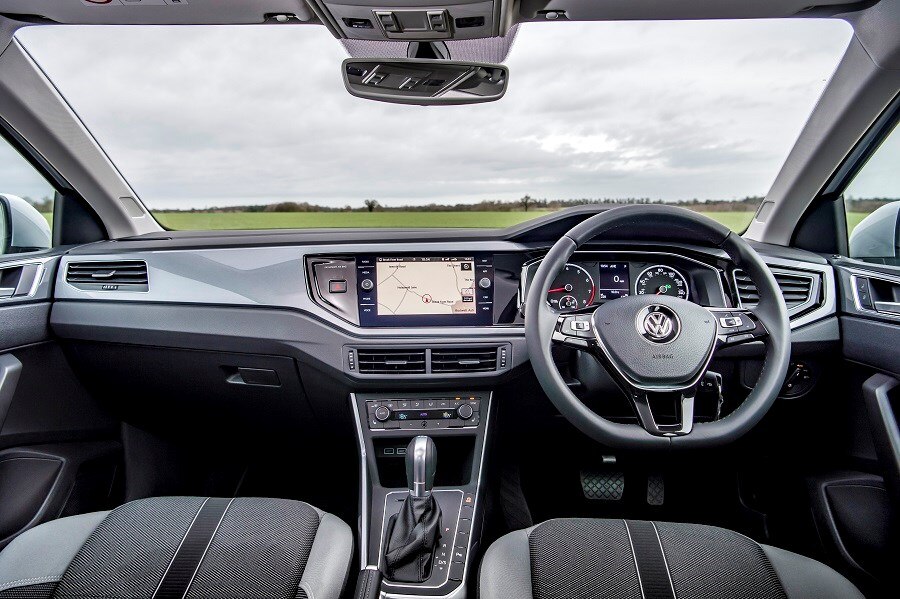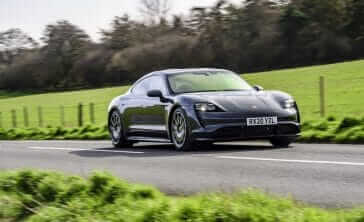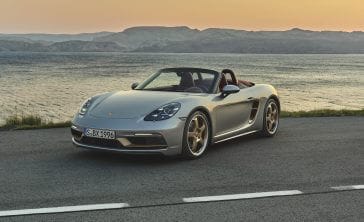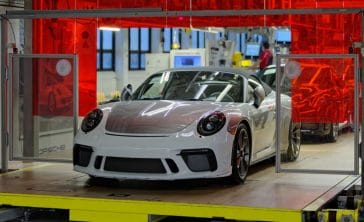Latest model
Arriving in June 2016, the second-generation Panamera was no longer the ‘ugly Porsche’, it was a sleeker, more muscular and more imposing model, which offered one of the best interiors in the business. It comes with two seven-inch displays as dials, along with a huge 12.3-inch touchscreen, and makes the interior one of the key highlights of the updated model.
The E-Hybrid was offered from launch, while Porsche also added an even more powerful Turbo E-Hybrid in March 2017, which offers astonishing performance, but equally low running costs if you have regular access to a charging point to help keep the electric range topped up.
In 2017, Porsche added a stunning five-door estate variant to the Panamera line-up, which is known as the Sports Turismo. While it’s not much more practical than the standard five-door hatchback, it offers another derivative to the Panamera line-up, which still has lots of appeal. It’s offered with the same powertrain options as the standard car.
Value for money
As with any Porsche, value won’t be the main reason for purchasing one. The Panamera is an expensive car, with prices starting from £72,890 for the standard model and £83,718 for the plug-in variant. However, it at least offers excellent performance, as well as plenty of standard equipment — including 19-inch alloy wheels, LED headlights, electrically-operated and heated front seats and an electric boot lid for the price. The more powerful Turbo S E-Hybrid has limited appeal, with prices starting from an eye-watering £138,723, although it offers the same level of performance as you could expect from a supercar.
It’s worth noting that the Sports Turismo is only around £2,000 more expensive than the hatchback, which makes it a decision based on which one you prefer the look of, rather than a price-based decider.
First-generation Panamera E-Hybrids are now quite good value for money. The cheapest starts from £36,000 on the used market, which buys a 2014 model with plenty of extras and around 60,000 miles on the clock.
As for the latest Panamera, high demand and limited supply is causing used values to remain very high. At the time of writing, even the cheapest model started from £80,000 for a 2017 model with 8,000 miles on the clock, which is hardly any depreciation at all. Nearly-new models were also advertised as more expensive than list price.
Looks and image
The first-generation Porsche Panamera wasn’t a particularly attractive model, although the latest car is far more appealing. The sleek new shape is a key attraction and avoids the lumpy rear end of the last car. Despite that, it’s still arguably not fantastic to look at in hatchback form, as the rear overhang just looks a bit untidy. However, the Sport Turismo is a true delight to look at in our opinion, with the estate’s sloping tailgate seemingly a better fit to the Panamera’s shape, but that’s something for you to decide on…
While its exterior looks might still be questionable, what can’t be disputed is just how classy and beautiful the Panamera’s interior is. The latest car set the benchmark for future Porsches, with a beautiful and luxurious cabin which has a huge 12.3-inch touchscreen as its show-stopping feature. Stunning digital dials are also a fantastic addition, and as with all Porsche models, there’s a huge range of interior and trim options available to customise your model. We also like the more clutter-free layout of the new Panamera’s interior, which replaces a rather button-heavy interior seen on past models from the German manufacturer. There are few giveaways to show that the Panamera is a hybrid, rather than a petrol, but subtle Acid Green detailing to the cabin as well as green brake callipers and badging help to show its electric aspects.
The E-Hybrid is also exhilarating to drive, with the Panamera being a fantastically poised and balanced model to drive – particularly for a car of this size. The torque from the electric motor is also a big bonus, while the Turbo S E-Hybrid delivers ferocious performance, which is not dissimilar from Porsche’s fantastic supercars. Standard fit all-wheel-drive also delivers faultless traction in both wet and dry conditions. But aside from performance, the Panamera delivers a smooth, relaxed and comfortable ride that makes long journeys absolutely effortless.
